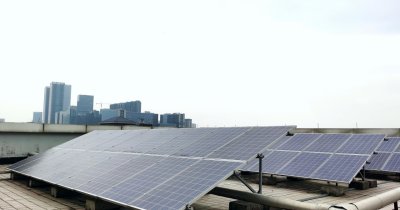According to Vice, a number of U.S. officials went to Charleston, West Virginia, in order to announce the plans of transforming the old coal industry zone in the Appalachian Mountains in a modern industry to serve the purposes of the current world.
If things go to plan, the American government hopes to become an important source of lithium batteries in the future and it also aims towards independence from Chinese supply chains.
Jennifer Granholm, DOE Secretary, said that "American global battery supply chain will be based not only on our innovative edge, but also on our skilled workforce of engineers, designers, scientists, and production workers. We should be building the full supply chain here."
Officials of the American government want to turn the spots that used to thrive during the fossil fuel time into modern plants that will take part in the sourcing of green energy for the world.
When completed, the new so-called Lithium Belt should provide jobs for people of some 13 states that are found across the eastern side of the United States, including New York, West Virginia and Mississippi.
Despite the fact that the American lithium industry is mostly located in the Western part of the country, one important lithium deposit has been discovered around Charlotte, North Carolina.
Residents of the area, however, aren't too keen on the lithium industry to start mining the material around there, as they fear the process will imply constant blasting, traffic and environmental changes.
Lithium was also discovered in old coal mines and plants in West Virginia, and it can be extracted from tailings left behind, experts say.
Sarma Pisupati, professor of energy and mineral engineering at Penn State University, thinks that there is a need for a strategy that would show how useful the extracted materials could really be for the present battery industry.
"This is very crucial for industry to have a strategy for developing these resources and making them commercially extractable and available", she added.
Other companies in the energy sector wanted to turn the Appalachian area into a hydrogen hub, another alternative to traditional fossil fuels.
Ultimately, the plans to transform the Eastern part of the United States in a lithium-based industry, show that there is great interest in moving on from traditional sources of energy.
It should be an example for the rest of the world to try and repurpose old industrial hubs into new, modern facilities that offer green energy alternatives in order to help us build a healthier, greener future.
 Mihai - Cristian Ioniță
Mihai - Cristian Ioniță












Any thoughts?